Entryway Table Decor: Creating a Memorable First Impression
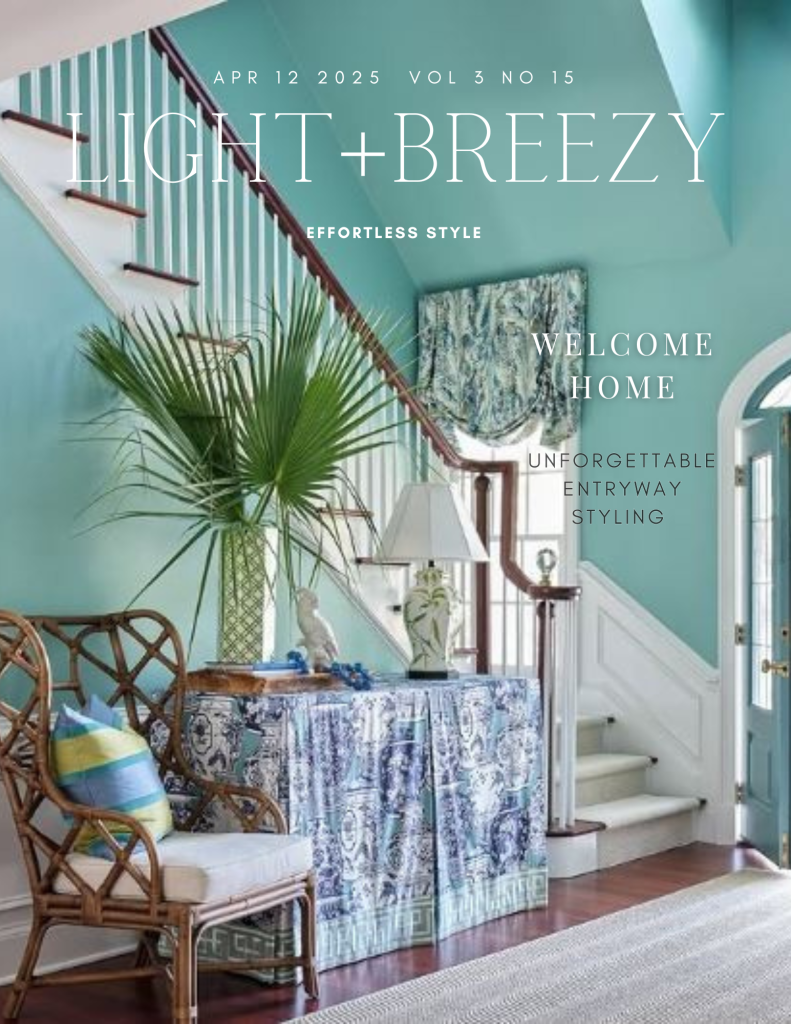
That small table nestled in your entryway holds more power than you might imagine. Far from being a mere surface for tossed keys and forgotten mail, it serves as your home’s first impression—a snapshot of your style and sensibility that greets every visitor who crosses your threshold.
Research shows we form impressions of spaces in less than a second, making your entryway’s design particularly crucial. It’s the visual handshake of your home, setting expectations for what lies beyond. Yet many homeowners overlook this opportunity, focusing their design energy on larger rooms while neglecting the space that introduces them all.
Beyond Decoration: Function Meets Style
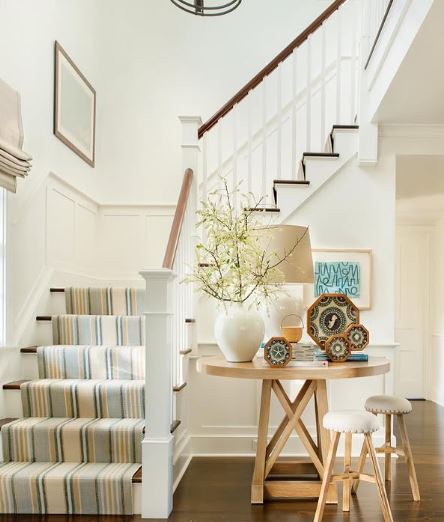
The most successful entryway designs strike a delicate balance between practicality and aesthetics. Your table should certainly please the eye, but it must also serve your daily needs—catching keys, storing mail, or housing those items you grab on your way out the door.
When selecting an entryway table, consider scale first. A piece too large overwhelms a modest foyer, while one too small appears lost in a generous space. Measure your available area and allow for comfortable passage—the ideal table occupies the space confidently without creating obstacles.
Material and style selections matter tremendously. A sleek glass-topped console communicates contemporary elegance, while a weathered wood piece with metal accents speaks to industrial or farmhouse aesthetics. Whatever your choice, ensure it harmonizes with the design language spoken throughout your home.
Curating Your Display
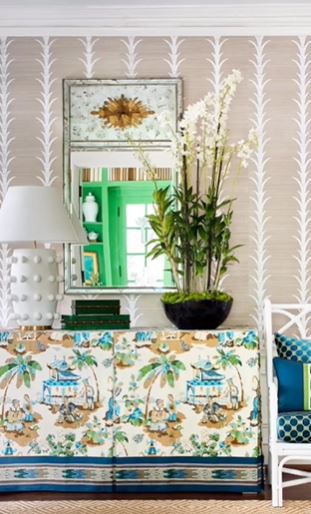
The objects you place on your entryway table tell your home’s story in miniature. Rather than cluttering the surface with random items, think of it as a carefully composed vignette—each element chosen with intention.
Begin with varying heights to create visual interest. A tall lamp or substantial vase anchors one side, while smaller objects create rhythm across the surface. The rule of odd numbers—particularly groupings of three—creates naturally pleasing arrangements that draw the eye without appearing formulaic.
Personal items add soul to your display. A small framed photo, a cherished object from your travels, or an heirloom piece infuses the space with personality. These items spark conversation and offer glimpses into your life and values before guests venture further into your home.
The Transformative Power of Natural Elements
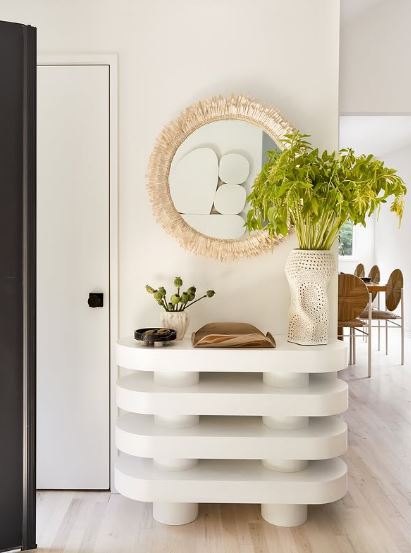
Few design elements breathe life into an entryway like fresh greenery. A simple arrangement of seasonal blooms or an elegant potted plant adds vitality to your entrance while creating connection to the natural world.
For low-maintenance appeal, consider architectural plants like snake plants or ZZ plants, which thrive with minimal attention while providing structural interest. If fresh flowers are your preference, a weekly replacement keeps your entry looking consistently vibrant. Even high-quality artificial botanicals can provide lasting color when thoughtfully selected.
Amplifying Space and Light
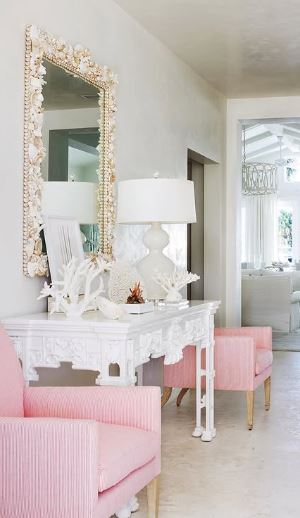
Mirrors remain the designer’s not-so-secret weapon in entryway design, particularly in smaller homes. A well-positioned mirror above your entry table visually doubles your space while reflecting light throughout the area. Beyond their practical function, mirrors create depth and dimension, transforming even modest entries into more generous-feeling spaces.
Lighting deserves equal consideration. A statement lamp not only illuminates your carefully curated display but also casts a warm, welcoming glow for evening arrivals. For homes without convenient outlets near the entry table, battery-operated options or creatively positioned wall sconces provide alternative solutions.
Seasonal Refreshment

One advantage of your entryway table is its potential for easy transformation with the changing seasons. Unlike larger spaces that require substantial investment to redecorate, your entry can reflect the shifting calendar with minimal effort and expense.
Swap summer’s bright blooms for autumn branches, or winter’s evergreen sprigs for spring’s fresh tulips. Rotate artwork to reflect seasonal colors, or introduce holiday elements that welcome guests with timely charm. These periodic refreshes prevent design fatigue while keeping your home current.
Creating Practical Magic
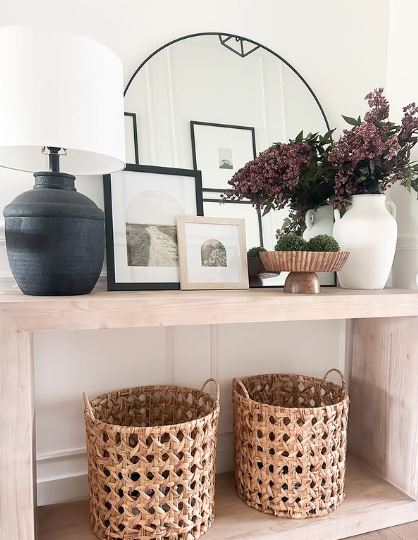
The most successful entryway designs acknowledge real life. Beautiful baskets or decorative boxes provide concealed storage for everyday items that might otherwise create clutter. A small, stylish dish corrals keys and coins, while thoughtfully selected trays organize mail and papers until they find their permanent homes.
Consider traffic patterns when arranging your display. Leave adequate empty space on the surface for temporarily placing packages or belongings. This practical consideration prevents your carefully composed vignette from becoming a daily frustration.
Layering Elements for Depth
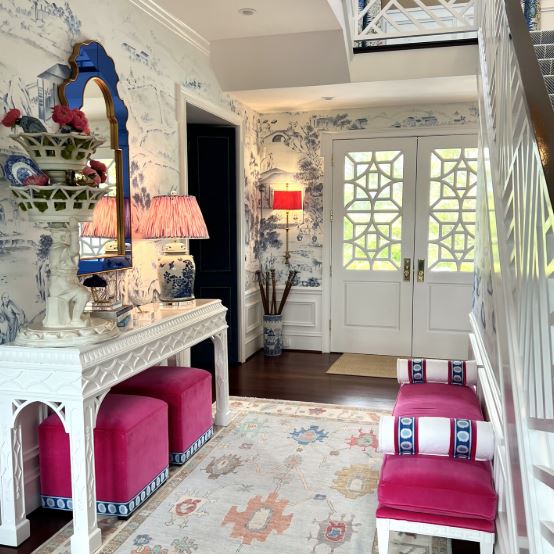
The floor beneath your entryway table presents another opportunity for design expression. A well-chosen rug defines the space while adding texture and color. It also serves the practical purpose of capturing dirt and moisture before they travel further into your home.
Wall space above and around your table completes the composition. Artwork, wall sconces, or decorative objects create a cohesive vignette that extends beyond the table surface. When selecting these elements, consider their relationship to your table display—they should complement rather than compete with the items below.

Your entryway table may occupy a small footprint in your home, but its impact on both daily function and visitor impressions is outsized. By approaching this space with intention—balancing beauty with practicality, personal expression with design principles—you create an introduction to your home that truly welcomes, functioning as both a practical landing spot and a beautiful first chapter in your home’s unfolding story.
